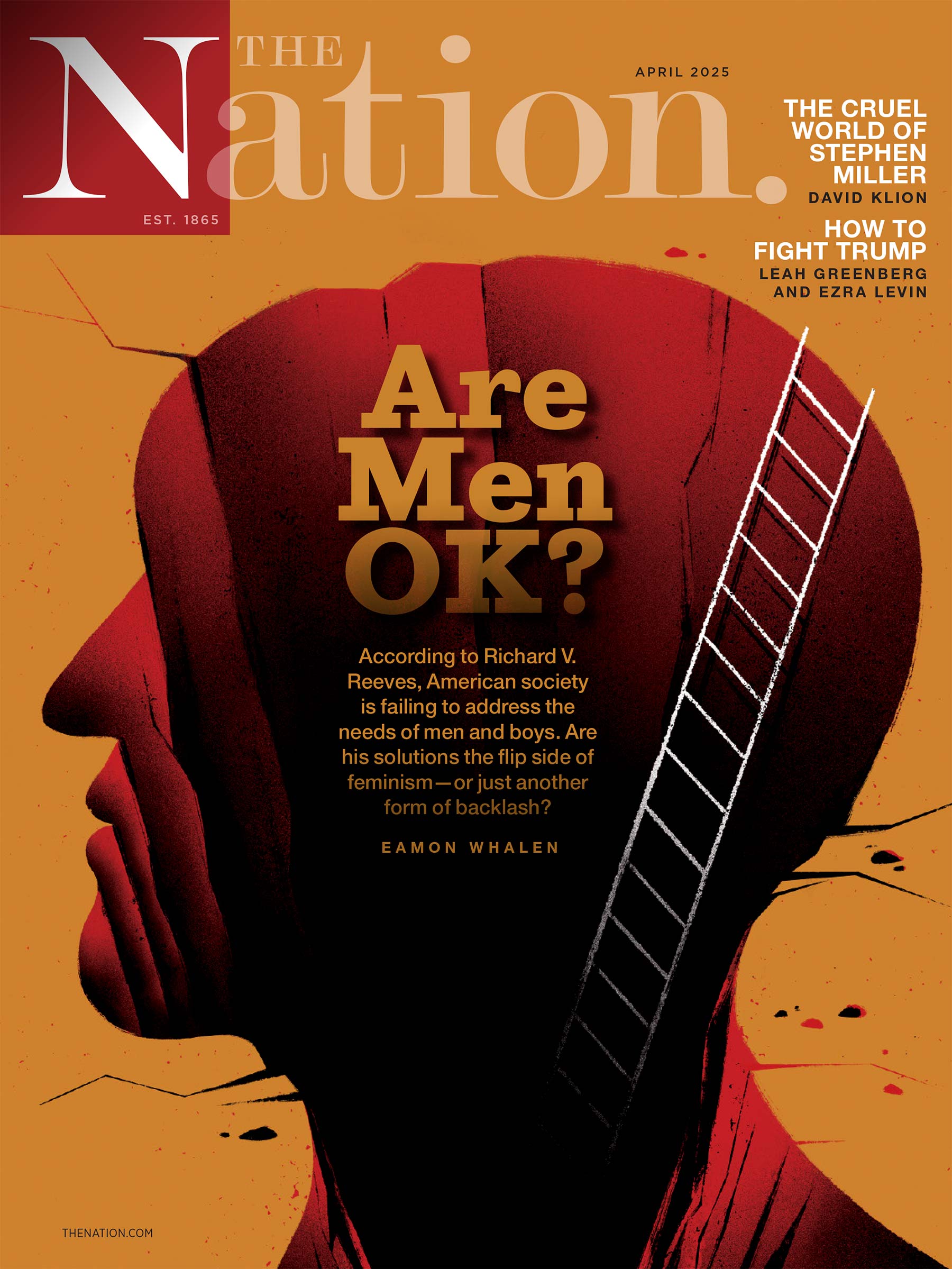American workers are fed up. So fed up that they’re taking one of the most radical steps available to them: refusing to work.
This year kicked off with public school teachers in California going on strike to demand higher pay, more support services, and smaller class sizes. In October, Chicago’s teachers followed suit, staging their longest strike in decades. Then teachers in Little Rock, Arkansas, struck for just the second time in the city’s history. In between the teachers’ strikes, 46,000 General Motors workers walked off the job for 40 days, the longest strike by autoworkers in half a century, to call for higher pay, better benefits, investment in American plants, and a path to full-time status for temporary workers—all meant to reverse the belt-tightening implemented during the Great Recession. A number of other workers, from nurses to Uber drivers to grocery store employees, have also walked off the job to make demands of their bosses.
We won’t have the official numbers for how many Americans went on strike this year until 2020. But workers have clearly continued last year’s trend of insisting that they deserve a share of the spoils from the longest US economic expansion on record.
More workers went on strike last year—485,200 of them—than at any time since 1986, the year The Oprah Winfrey Show debuted and Microsoft went public. There were 20 major strikes in 2018, the most since before the recession. Teachers walked off the job in Arizona, Colorado, Kentucky, Oklahoma, and West Virginia to demand better pay and better resources for their students. Fifty thousand hospitality workers voted to strike in Las Vegas, and hotel workers walked picket lines in Chicago. Fast food workers continued their fight for a $15 minimum hourly wage and the right to unionize and had a new demand: that their employers address the sexual harassment they experience at work. McDonald’s workers conducted the first national strike over sexual harassment in the country’s history.
Popular
"swipe left below to view more authors"Swipe →Until the 1980s, American workers regularly staged hundreds of major strikes each year to try and compel employers to treat and pay them better. But in the decades since, that tradition was all but snuffed out, particularly fading during the Great Recession, when people feared losing their jobs. The nadir was in 2009, with just five strikes involving a mere 12,500 people.
If last year and this year have shown anything, it’s that American workers have decided they can’t afford to be afraid anymore. On the surface, they seem to be doing well. The economy has been expanding for a decade now, with healthy job growth and falling unemployment. Work appears to be plentiful.
So why would Americans put down their chalk, wrenches, and spatulas or close their laptops to take to the picket lines? For one thing, wages have barely budged, increasing just 3 percent this year—far less than would be expected with so many people back at work. More than 40 percent of workers are stuck in low-wage jobs, making less than $18,000 a year at the median. No wonder, then, that four in 10 Americans would struggle to cover an unexpected expense of $400 and 17 percent can’t pay all their current bills.
The healthy employment numbers also mask the insecurity many feel. Nearly a fifth of workers have schedules that vary based on their employers’ demands, not their own needs. While the number of uninsured Americans has dropped in recent years, even those with insurance aren’t always saved from financial hardship, given that last year nearly a quarter of all adults went without medical care because they couldn’t pay for it. Over 30 percent of private-sector workers don’t have access to retirement benefits through their jobs. If they need time off, they’re unlikely to get paid for it: About 40 percent don’t have paid sick leave, about 25 percent don’t have paid vacations, and a mere 12 percent have paid family leave.
During the last recession, many employers argued that they had to cut back on jobs, pay, and benefits to make it through dire financial times. Lots of workers felt they had no choice but to swallow those edicts, keep their heads down, and hope for the best.
But a decade of healthy economic growth hasn’t loosened the purse strings. Workers keep fueling the economic expansion without reaping the rewards. Refusing to work is the sharpest tool they have to carve out a fair share of the economic pie. They’ve finally been pushed to wield it.


